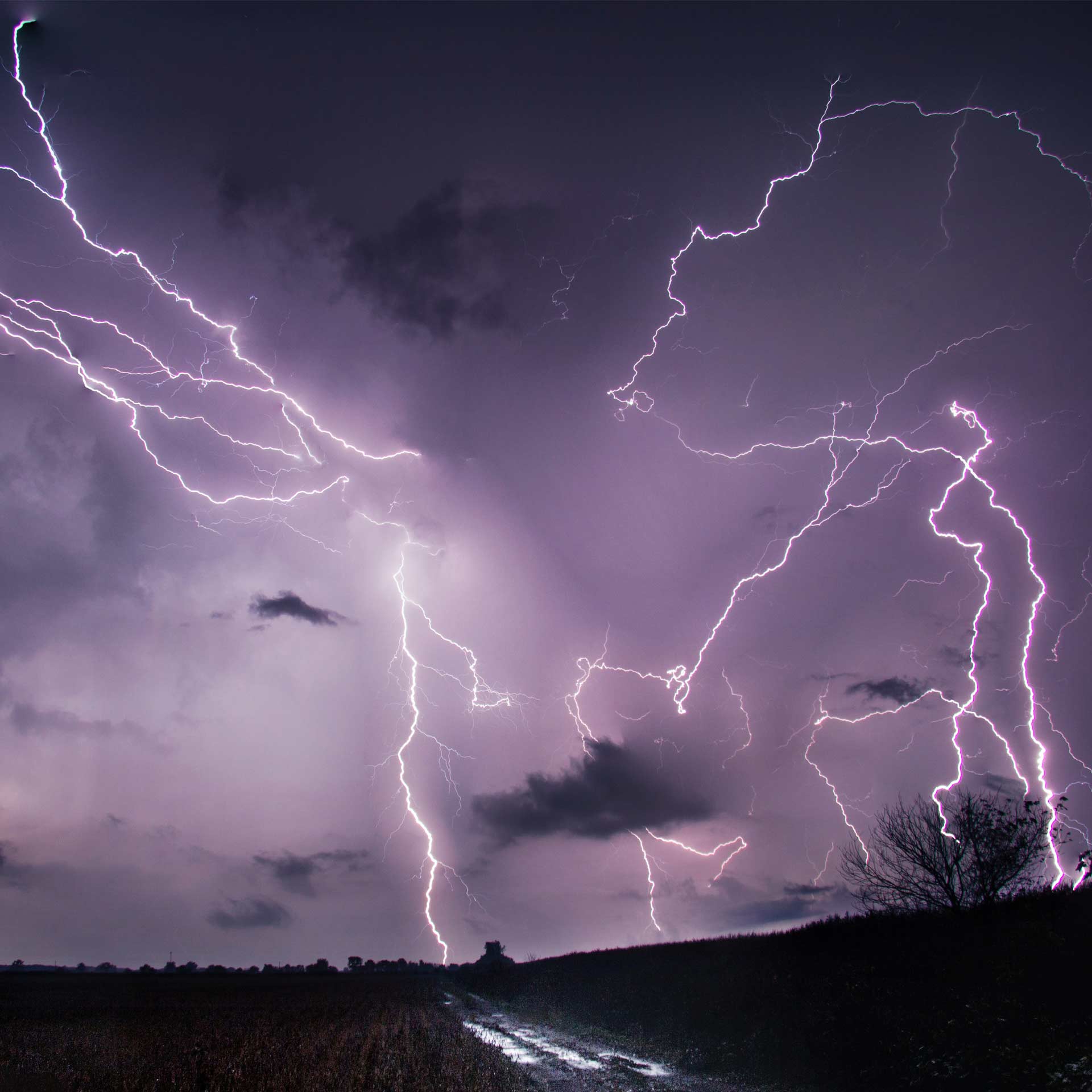They specialize in different subjects, but biologist Cheryl Briggs and geographer Ian Walker are driven by common goals: restoration and conservation. And they have each received a major grant from the University of California to pursue their respective projects.
Geography professor Walker is the primary investigator on a $1.9 million grant focused on dunes as nature-based solutions to enhance the resilience of California’s beaches to climate change; Briggs, a professor of ecology, evolution and marine biology, will lead a $1.5 million effort to enhance the richness and resilience of the state’s amphibian communities.
 Professor Ian Walker | Photo by Elena Zhukova
Professor Ian Walker | Photo by Elena Zhukova
Theirs are among the recently awarded California Climate Action Seed Grants and Matching Grants, which collectively involve more than 130 community, industry, tribal and public agencies, as well as 12 UC locations, 11 CSU campuses and two private universities. All the projects will pursue high-tech and people-centered solutions to the climate crisis and include a broad range of community voices.
“As the state’s preeminent research institution, the University of California is proud to partner with the state to pursue our shared climate goals,” says UC President Michael V. Drake, M.D. “The innovations catalyzed by the Climate Action awards will make all of our communities safer, more sustainable and more resilient.”
Supporting amphibian communities
Amphibians — think frogs, toads and salamanders — are imperiled across the planet. Much of this is due to habitat loss. The issue is especially acute in California, where over 90% of natural wetlands have been destroyed or modified. Increasingly extreme weather fluctuations, from severe drought to destructive flooding, have exacerbated the plight of amphibians and their dependency on ponds. Some species, such as the California red-legged frog and the California tiger salamander, are now restricted to highly modified habitats often linked to humans. Their persistence is thus critically linked to how such environments are managed.
For her project, Briggs, her team and myriad collaborators will focus on native communities of amphibians, in particular on those designated as Species of Greatest Conservation Need, such as the California red-legged frog and the California tiger salamander.
“The goal of the project is to develop scientifically informed restoration strategies that enhance the ability of our amphibians to withstand such extreme fluctuations,” says Briggs. “This also provides a rare opportunity to consider restoration across entire landscapes, rather than at the scale of an individual pond or isolated property.”
Turning to dunes
California’s iconic beaches provide many co-benefits to communities, economies and coastal ecosystems. Coastal dunes are highly dynamic ecosystems and their form and function are highly dependent on local biology, coastal processes such as waves, winds, tides and surges, and exposure to extreme events. The vulnerability of these beaches to climate change and the need for viable adaptation strategies is laid out in many state policies, and in nature-based solutions using beach and dune restoration at multiple sites statewide.
Yet projects often vary in extent, design and purpose and many are “not fully informed by current science,” Walker explains. He hopes to address that deficit with his collaborative project, which aims to enhance understanding of, and provide actionable information for, the use of coastal dunes as a nature-based solution for boosting the resilience of sandy beaches to climate-change impacts such as flooding, erosion and loss of specialized habitats and biodiversity.
“Specifically,” says Walker, “we will identify sites, methods and actions to accelerate implementation and effectiveness of beach-dune restoration as a viable, scientifically informed, accessible adaptation strategy for coastal communities.”


